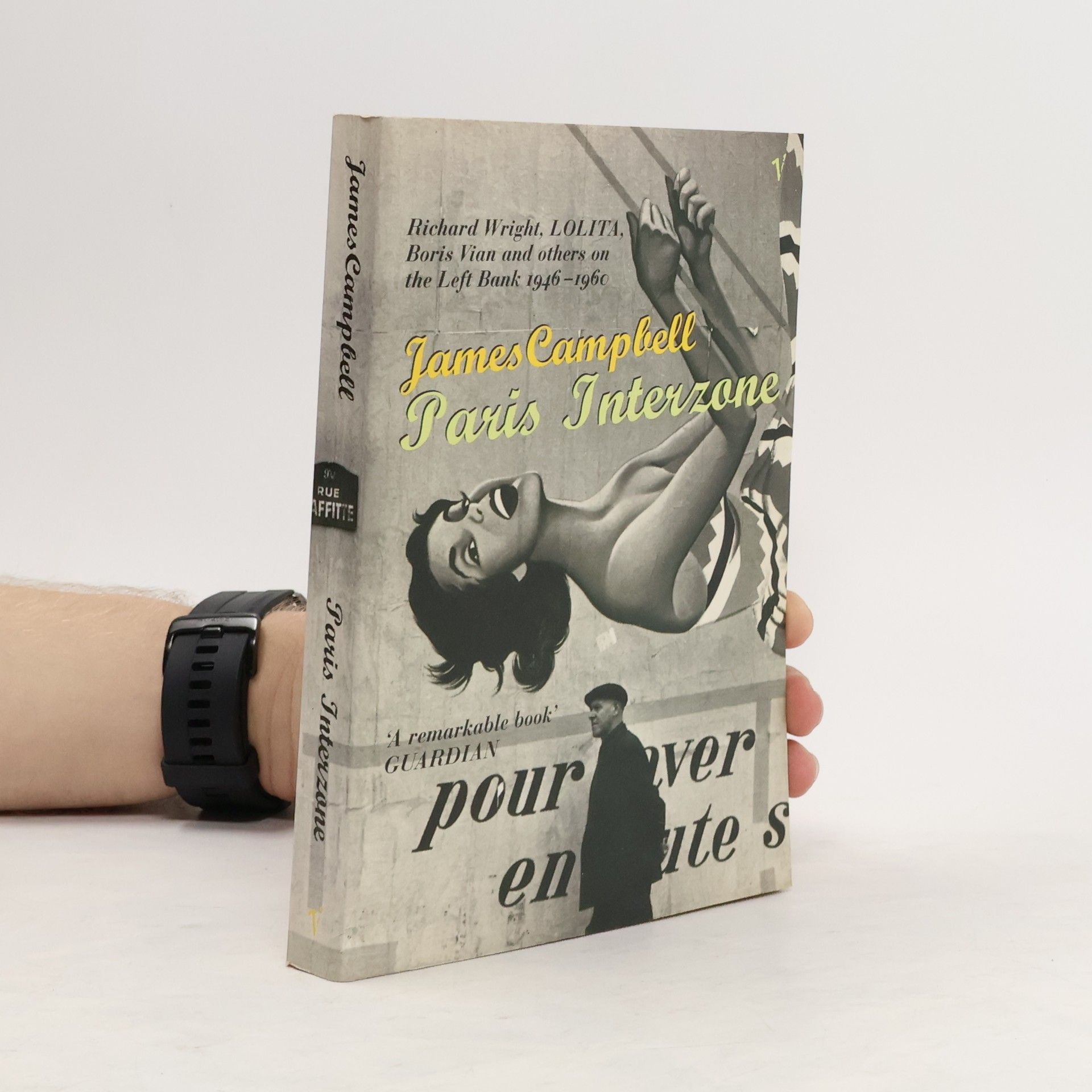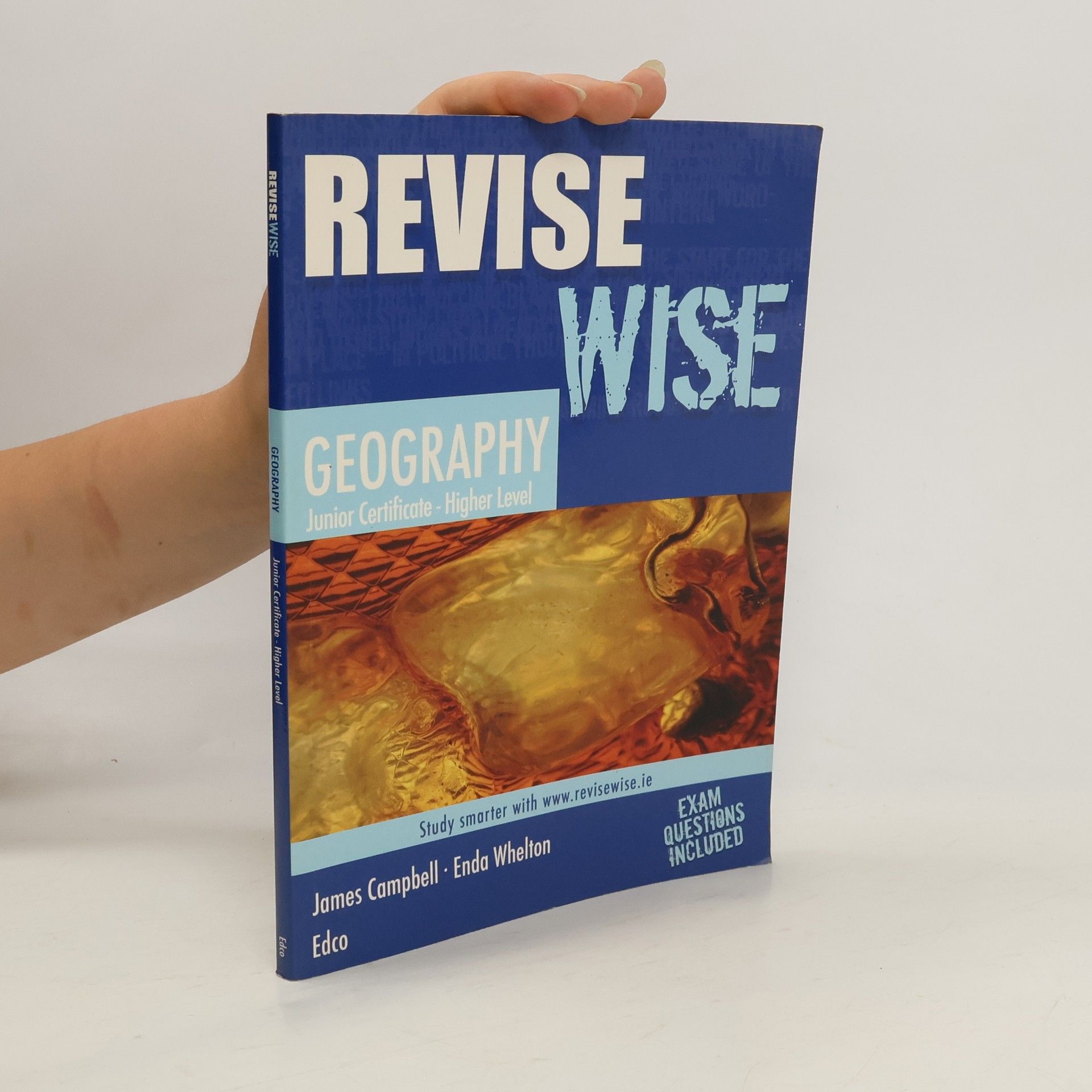The Library: A World History
- 320pages
- 12 heures de lecture
Exploring the architectural evolution of libraries, this book showcases over eighty global examples, from ancient ruins to modern designs. It highlights how library buildings reflect the wealth, culture, and learning of their time, with stunning photographs capturing their unique structures and atmospheres. Architectural historian James Campbell provides a compelling narrative that traces the history of library architecture from ancient Mesopotamia to contemporary China. This work serves as a definitive photographic history, appealing to both book lovers and architecture enthusiasts.



